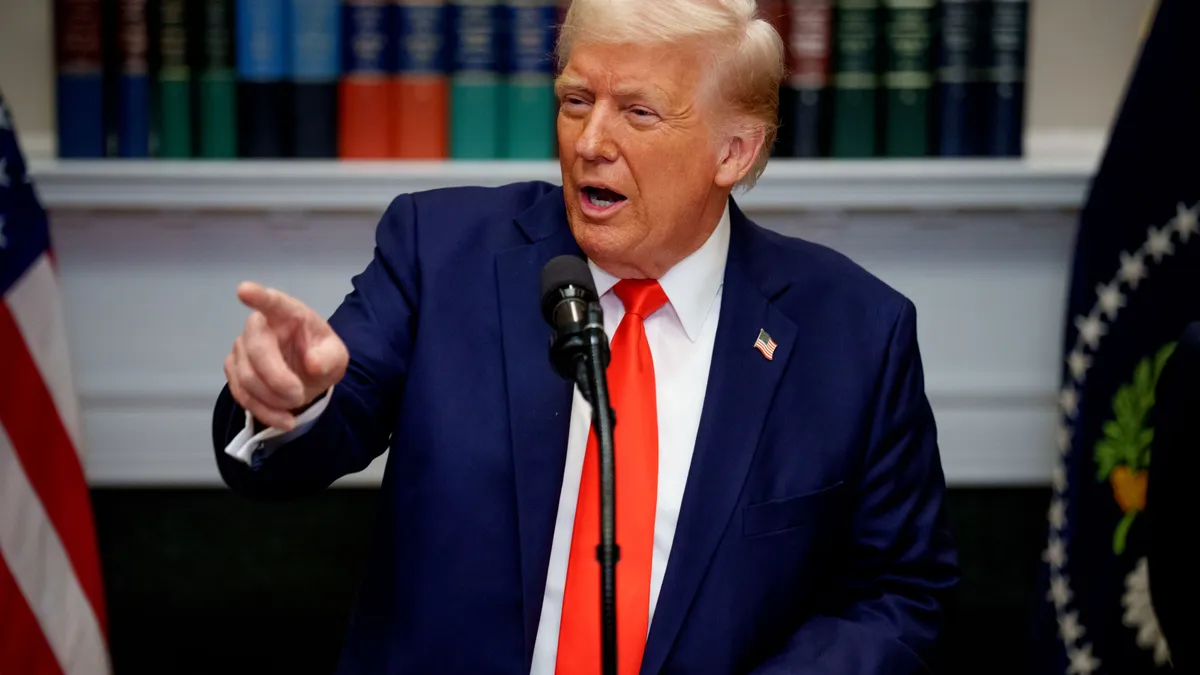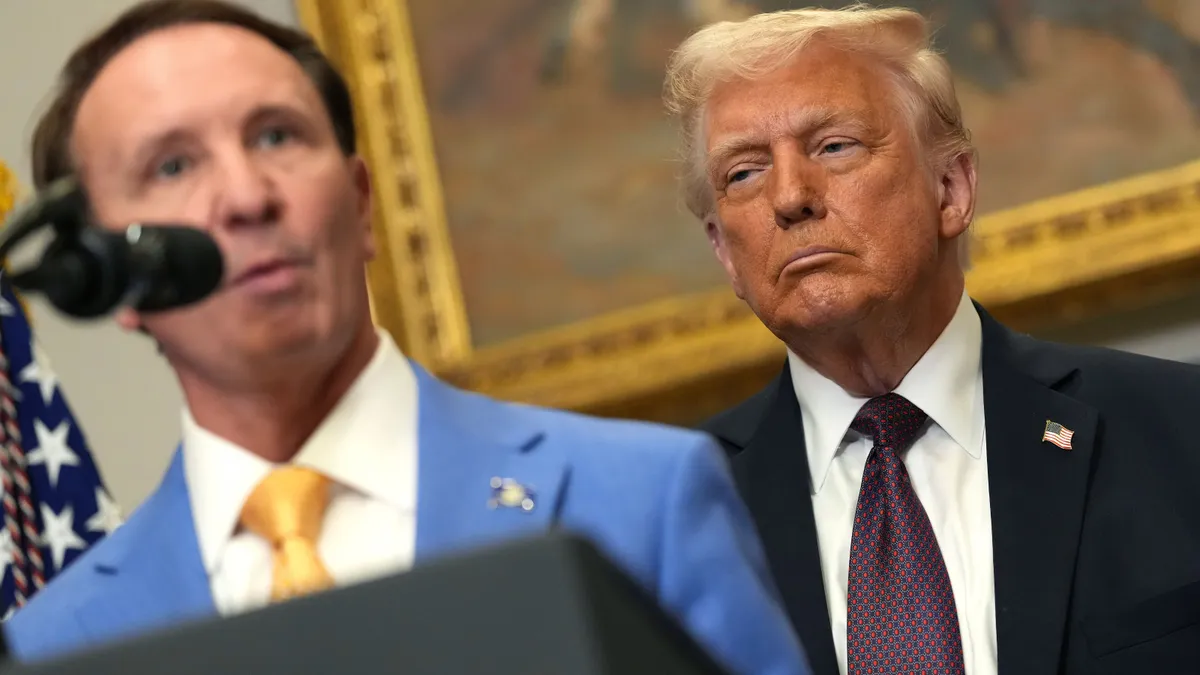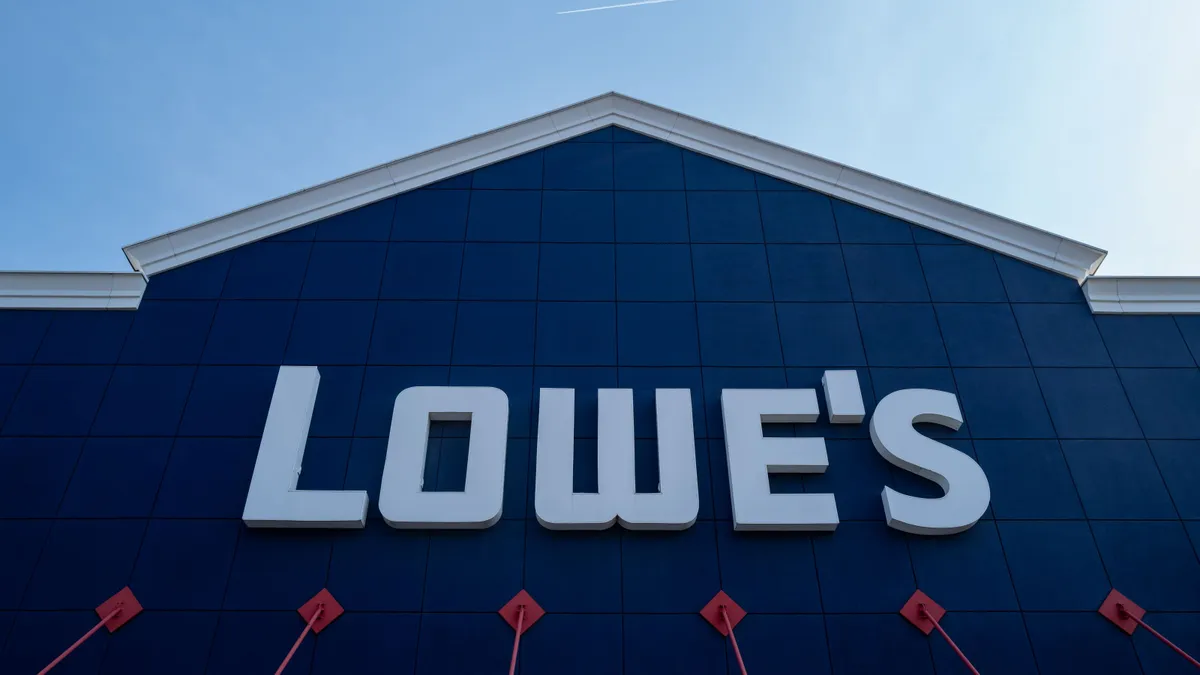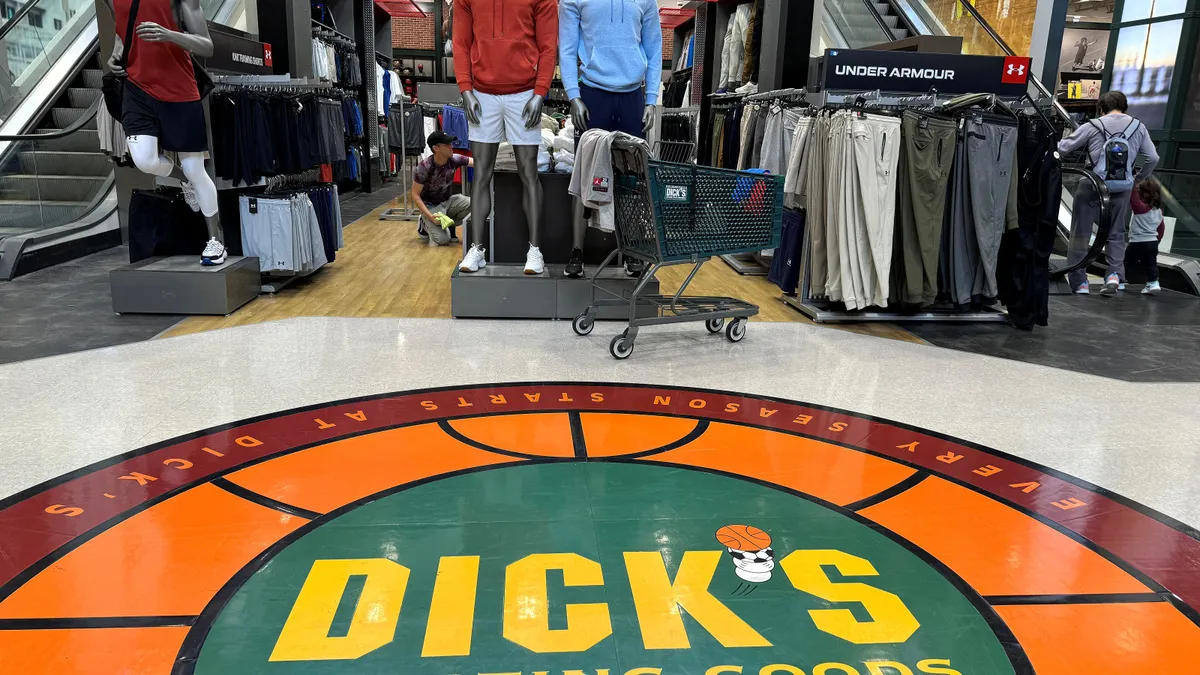The following is a guest post by Tom Roberts, Senior Vice President of Global Marketing for PrimeRevenue.
Cash flow — its management has been the downfall of many manufacturers. But for some challenged by it, especially those that react unconventionally, it’s been an inflection point towards positive growth. Just ask Phil Knight, founder of Nike.
In “Shoe Dog,” Knight’s memoir about founding and building the Nike empire, he tells a story about the constant struggle for cash to fuel growth across a global supply chain. It’s a story that’s just as relevant to manufacturers in 2017 as it was back when Knight was trying to build a fledgling company.
Nike started from humble beginnings in 1962 when Knight began selling shoes from the trunk of his car at track meets. He secured his first commercial funding from First National Bank of Oregon – a letter of credit for $3000. By 1968, revenues had reached $150,000 and the trials of success began.
As running started to become a mainstream sport, sales skyrocketed and supply couldn’t keep up with demand. At the same time, supplier payment terms were having a brutal impact on cash flow. Knight kept selling out of inventory, paying off his growing line of credit just in time and then placing an order for twice as many shoes. Bankers constantly pressured Knight to slow his growth to shore up equity in the business, but Knight focused on growth.
In 1975, Knight made an unconventional decision that would help secure Nike’s spot as one of the most iconic brands in the world. He formed a secondary funding relationship with a Japanese trading company as backup to his primary source of funding, now the Bank of California. The bank decided to pull Nike’s $1M line of credit during a particularly difficult cash flow crisis. Thanks to Knight’s foresight to bring in a secondary funder, the Japanese trading company saw the potential of Nike’s business and stepped up with additional money to bridge its funding gap. The rest, as they say, is history.
Funding growth in uncertain times
As we look at the manufacturing industry today, there is a great deal of uncertainty and volatility despite healthy demand from consumers. There are many dynamics in play. The hangover of the global recession of 2008/2009 persists nearly a decade later. The Manufacturers Alliance for Productivity and Innovation (MAPI) predicts U.S. manufacturing growth to average a conservative 1.6 percent from 2017 to 2020. Economic implications from the Trump administration in the U.S. and Brexit in the Eurozone remain unclear with many manufacturers wondering if protectionist policies will stymie free trade and lead to higher tariffs. At the same time, the prospect of tax reforms could bring relief to capital spending malaise.
The end result is a catch-22: an economic climate that currently demands increased output from manufacturers who have (for the most part) become hyper-cautious about investing in their growth.
So how do manufacturers end the stalemate and balance both opportunity and risk? One solution is streamlining supply chain finance.
Supply chain finance improves cash flow by allowing buyers (in this case, the manufacturer) to extend supplier payment terms while also offering suppliers a way to mitigate the effect of payment term extensions and accelerate their own cash flow. Unlike traditional lending, supply chain finance happens off of the balance sheet and does not increase financial debt.
The first step is for the buyer to initiate longer supplier payment terms – e.g. from 30 to 90 days. This allows the company to free up cash to use for strategic initiatives, such as new plant and equipment, worker training and new product development.
In the second step, the company gives suppliers a way to mitigate the impact of longer payment terms. Suppliers that participate in a customer’s supply chain finance program have the option to get paid early by a funder – often as soon as the day after an invoice is approved by a buyer. The supplier can accelerate payment on some, all or none of their receivables. For those receivables that are paid early, the supplier pays a nominal finance charge or discount.
It’s a win-win for buyers and suppliers. Both parties are able to accelerate cash flow and optimize working capital without increasing debt. Once accessible to only the largest manufacturers through bank-led programs, supply chain finance is now available to many more companies in the industry. And, taking a nod from Knight’s “don’t put all your eggs in one basket” experience, bank-agnostic supply chain finance platform providers offer access to multiple and more varied sources of funding.
Improving cash flow without increasing debt
According to a late-2016 study from Global Business Intelligence, one in five companies use supply chain finance to improve cash flow and unlock working capital trapped in their supply chains. The manufacturing industry has taken notice and the number of manufacturers using supply chain finance is growing steadily.
One manufacturer that’s leveraging supply chain finance to balance growth and several other business objectives is Michelin. The tire manufacturing giant launched a supply chain finance program that has allowed it to successfully extend payment terms by an average of 30 days for its suppliers in North America and Europe. In a short time, the company was able to unlock €65M in cash flow while giving suppliers the ability to receive payment on invoices in as little as 10 days.
There is much manufacturers can learn from Nike’s journey. The constant battle to balance the need for growth and innovation with the need to improve cash flow is a familiar refrain. What separates Nike from the rest is how the company handled the challenge. Had Phil Knight taken a then-conventional approach to improving cash flow – taking on more debt with a single funder — the story would have turned out differently.
Instead, he sought out alternatives. It was a decision that propelled Nike through a cash flow crisis, and one that could help many manufacturers today.
Before joining PrimeRevenue, Tom Roberts held both sales and marketing executive leadership positions at other FinTech successes such as Fiserv, CashEdge and E*TRADE Financial. He has been a senior leader on teams that have substantially grown several mid-sized technology companies, resulting in successful exits. He holds an MBA in Marketing from Columbia University.





















